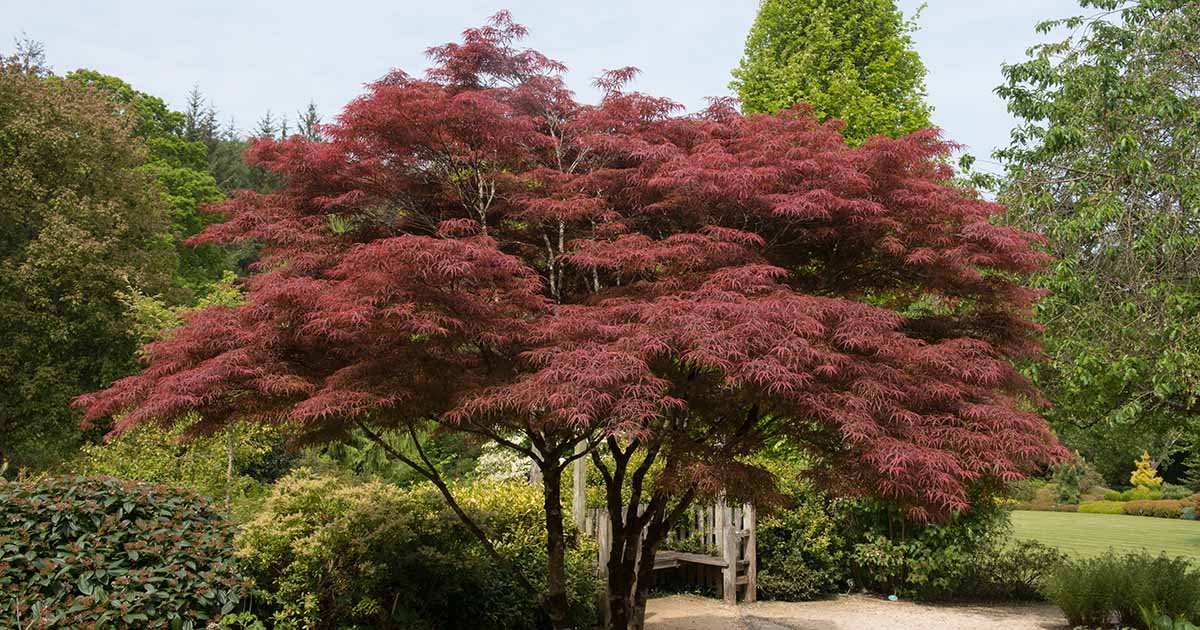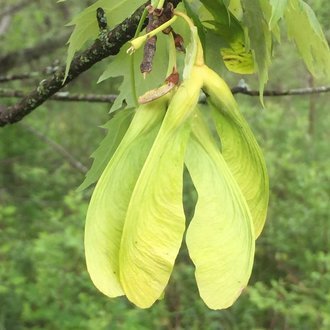Maple Tree Identification
Maple trees are known for their beautiful foliage and are popular among landscapers and gardeners. Here are some tips to help you identify the different species of maple trees:
Look at the leaves…
Maple trees have distinctive leaves that are usually lobed or toothed. However, the number of lobes and the shape of the leaf can vary depending on the species. For example, the sugar maple has five lobes with a smooth edge, while the silver maple has five lobes with a jagged edge.
Sugar Maple Leaf
Silver Maple Leaf
Examine the bark…
The bark of maple trees can also help you identify the species. The sugar maple has gray to brown bark that is smooth when the tree is young but becomes rough as it ages. In contrast, the paperbark maple has reddish-brown bark that peels away in thin, papery sheets.
Sugar Maple Bark
Paperbark Maple Bark
Check the growth habit…
Maple trees can have different growth habits. Some species, like the red maple, grow tall and upright, while others, like the Japanese maple, have a more weeping or cascading growth habit.
Red Maple Tree
Japanese Maple Tree
Look at the flowers and fruit…
Maple trees produce flowers and fruit in the spring. The flowers are usually small and inconspicuous, but the fruit, known as samaras or "helicopters," are distinctive. The samaras of the sugar maple are paired and have a V shape, while the samaras of the silver maple are paired and have a more U-shaped wing.
Sugar Maple Samaras
Silver Maple Samaras
Consult a field guide…
If you're still not sure about the species of maple tree you're looking at, you can consult a field guide. There are many excellent field guides available that can help you identify trees based on their leaves, bark, and other features. Here are a few:
How to Read a Tree by Tristan Gooley
Identifying Trees of the East by Michael D. Williams
Trees of New York Field Guide by Stan Tekiela











